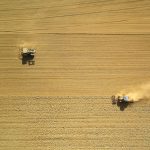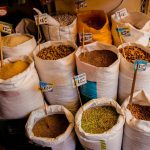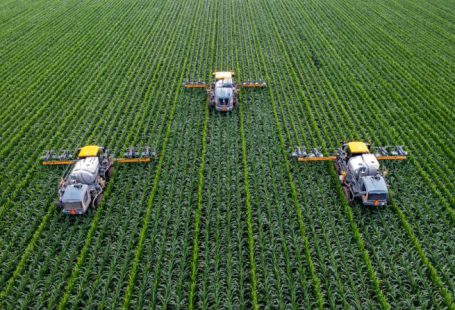In a world where the population is steadily increasing, the demand for food is constantly on the rise. Traditional agricultural practices are struggling to keep up with the needs of the growing population, leading to concerns about food security and sustainability. Vertical farming has emerged as a promising solution to address these challenges by maximizing the use of limited space and resources to grow food in a more efficient and sustainable manner.
What is Vertical Farming?
Vertical farming is a revolutionary approach to agriculture that involves growing crops in vertically stacked layers or structures, often in controlled environments such as warehouses, greenhouses, or even skyscrapers. This innovative method utilizes advanced technologies like hydroponics, aeroponics, and artificial lighting to provide crops with the ideal conditions for growth, regardless of external factors like weather or soil quality.
Maximizing Limited Space
One of the key advantages of vertical farming is its ability to maximize limited space. By growing crops vertically instead of horizontally, vertical farms can produce significantly higher yields per square foot compared to traditional farms. This is particularly beneficial in urban areas where land availability is limited, making it challenging to establish conventional agricultural practices.
Reducing Water Usage
Water scarcity is a major concern for traditional agriculture, with irrigation accounting for a significant portion of water usage worldwide. Vertical farming addresses this issue by utilizing innovative irrigation systems like hydroponics, which recirculate water and nutrients to the plants more efficiently than traditional soil-based methods. This not only reduces water consumption but also minimizes the risk of water pollution from agricultural runoff.
Eliminating Pesticides and Herbicides
Vertical farming also offers a more sustainable approach to pest and weed management. Unlike traditional farms that rely heavily on chemical pesticides and herbicides to protect crops from pests and diseases, vertical farms can implement integrated pest management strategies that utilize natural predators, physical barriers, and other non-chemical methods to control pests. This not only reduces the environmental impact of farming but also produces cleaner and safer food for consumers.
Year-Round Production
Another significant benefit of vertical farming is its ability to enable year-round production of crops. By controlling environmental factors like temperature, humidity, and lighting, vertical farms can create optimal growing conditions regardless of the season. This means that farmers can continuously harvest fresh produce throughout the year, reducing the reliance on seasonal crops and long-distance transportation.
Addressing Food Security
Vertical farming plays a crucial role in addressing food security challenges by providing a reliable and sustainable source of fresh produce. With the ability to grow food closer to urban centers, vertical farms can reduce the distance that food needs to travel from farm to table, minimizing food waste and carbon emissions associated with transportation. This localized approach to food production also enhances food resilience by reducing dependence on external sources for food supply.
Promoting Sustainability
Overall, vertical farming offers a promising solution to the food crisis by promoting sustainability across all aspects of agriculture. From maximizing limited space and reducing water usage to eliminating pesticides and herbicides, vertical farming embodies a more environmentally friendly and resource-efficient approach to food production. By adopting vertical farming practices, we can create a more sustainable food system that meets the needs of the growing population without compromising the health of our planet.
In Conclusion
Vertical farming represents a paradigm shift in agriculture, offering a sustainable and innovative solution to the challenges of food security and resource scarcity. By harnessing advanced technologies and creative design, vertical farming has the potential to revolutionize the way we grow and consume food, paving the way for a more resilient and sustainable future. Embracing vertical farming is not just a step towards addressing the food crisis; it is a leap towards building a more sustainable and secure food system for generations to come.





